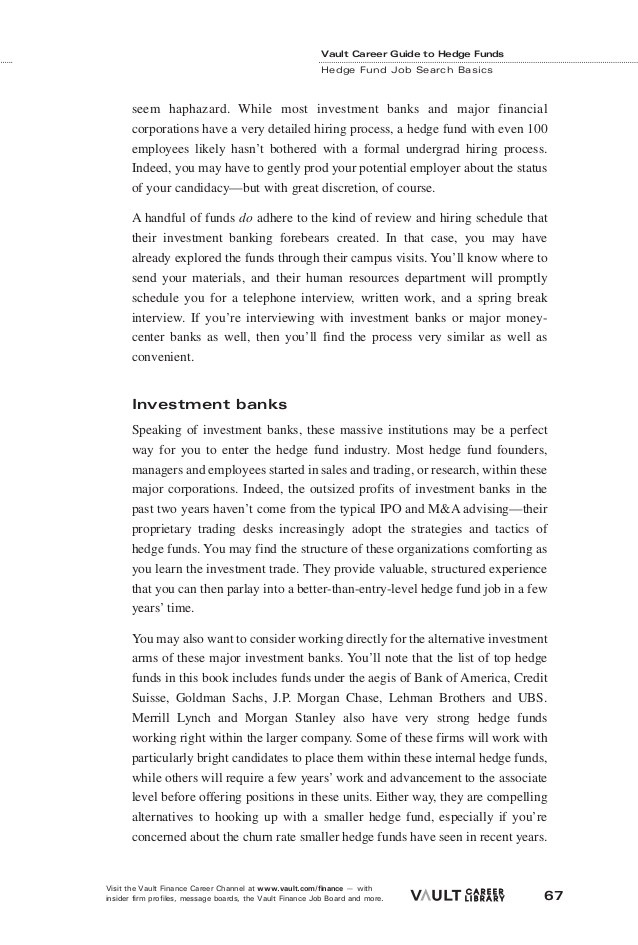Hedging Basics You Need to Know
Post on: 11 Май, 2015 No Comment

Timely and relevant topics on revenue management and insight to assist growers in all market conditions. We help growers cut through the noise and make profitable decisions in their revenue management strategies. AgYield advocates growers proactively building their plan every year.
Hedging Basics You Need to Know
Mar 05, 2015
We understand that hedging can be quite complicated and it takes a skilled individual to make all the correct, informed decisions.Utilizing a hedging strategy has multiple benefits, two of the most important are locking in favorable costs and reducing volatility.
Futures and options on agricultural commodities have been seeing phenomenal growth in trading volume in recent years, due to increased global demand and the expanded availability of electronic trading for these products. It is now more important than ever to understand how to incorporate these tools into the management of risk. Well take you through this blog post today to ensure you understand the basics of hedging.
For the purposes of this post, well focus solely on corn, although the same scenarios would remain true with all grain commodities. Corn prices are established in two separate but related markets; the futures market and the cash market. In the futures market, a futures contract is a contractual agreement that allows the flexibility to hedge the corn price with the ability to exit before the delivery is required; it simply locks in a future price of a commodity at a specific point in time in the future. Most futures contracts are rolled before delivery takes place, although some people may chose not to. In the futures market, all contracts must be executed by a broker, and cleared through a clearing firm. The cash market is where the physical grain is handled; the local delivery point (elevators, co-ops, etc). The cash price varies by the marketing location and can change over time.
Now, lets take a look at an example between the futures market and the cash market. Lets say for example the price of corn futures is $4.00; the cash price is $3.80. The difference between the two is -$.20, which is commonly referred to as the basis.
For this scenario lets assume we bought the future contract of corn for $4.00. If the futures price decreases by $.50, and the cash price also decreases by $.50, we would have a $.50 gain in our futures account because we used a hedging strategy and were able to lock in the price. In the picture below, you can see a visual diagram of this profit and loss.
Since no one can actually predict where the market may go, there is always an equal chance for profit and loss in the futures market. However, one of the biggest advantages of hedging in the futures market is the flexibility to exit a position, without actual delivery of the commodity. In a marked to market futures account, profit and loss are settled on a daily basis.
So far we have only covered the basics of futures contracts. To learn more about options, check back at a later date for our future post on the topic!














